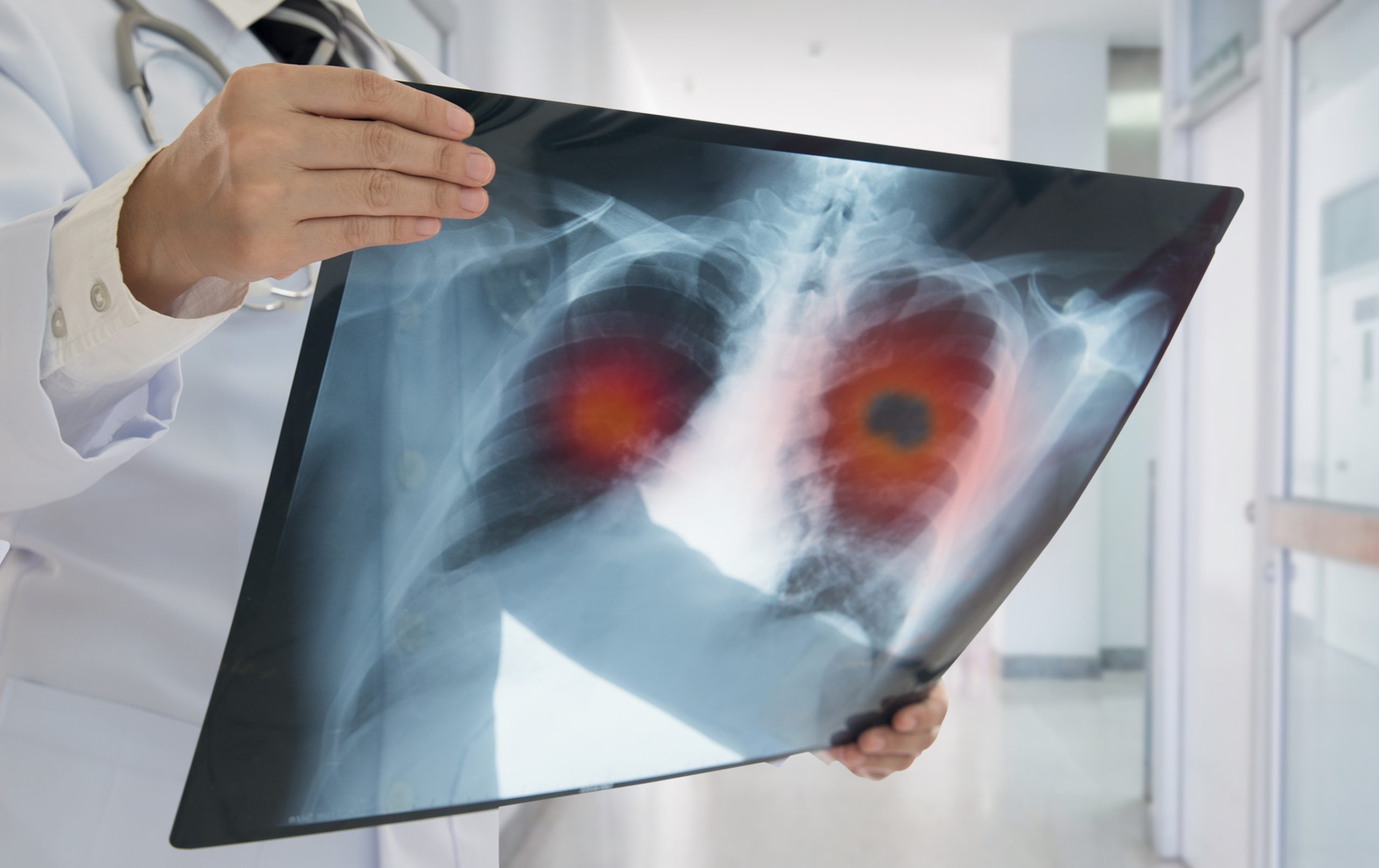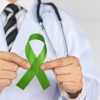Causes of Lung Cancer
Smoking is by far the biggest cause of lung cancer. Non-smokers may get it from secondhand smoke, air pollution, exposure to asbestos and other chemicals at the workplace. Not uncommonly, there may not be an external cause for the cancer, but develops as a random event or from other factors that we do not yet know. Lung cancers that are not caused by smoking often have gene changes that may guide their treatment.
Symptoms
Unfortunately, lung cancers are often diagnosed in the late stage due to non-specific symptoms such as cough, hoarseness, shortness of breath and weight loss. Other more sinister symptoms include coughing out blood, chest pain, back pain, seizures, and the yellowing of skin which often signal a more advanced disease.
Confirming the Diagnosis
To confirm the diagnosis of lung cancer, X-ray imaging will be required to find any ‘lumps’ in the chest which in turn will lead to other investigations such as biopsies. CT scans are often employed to show a definite area of suspicion to guide where the biopsy will be done. A chest X-ray alone is often not adequate. Other imaging, such as MRI and PET-CT may also be required to completely ‘stage’ the cancer, to check how far the cancer has advanced. This will guide subsequent treatment choices, such as surgery, chemotherapy, radiotherapy, targeted therapy and immunotherapy.
Lung Cancer Treatment
Earlier stages of lung cancer can be treated with surgery, where the lump is removed completely via a cut in the chest wall. This is followed by a few rounds of chemotherapy to reduce the risk of the cancer coming back. Cancers that have spread to neighboring lymph nodes may not be operable if too extensive, and will require treatment with chemotherapy and radiation given together. This treatment is tougher and will need the patient to be relatively fitter. Nowadays, treatments like targeted therapy and immunotherapy are added to the treatment regime to further reduce the risk of relapse.
Cancers that have spread further to the brain, bones, liver and other parts of the lungs are considered stage 4 cancers, meaning they are incurable. However, they are still treatable in this era where targeted therapy and immunotherapy are often employed when the patient is properly selected based on the characteristics of their cancer (based on gene mutation testing done on their biopsy). However, not everyone will respond the same way to the same drugs.
How do I reduce my risk of cancer?
The biggest way to reduce lung cancer risk is to avoid tobacco products. A diet rich in fruits and vegetables helps in reducing risks as well. Risks like workplace chemical hazards in many cities have been reduced thanks to regulations that help reduce the exposure of workers to such harmful substances. Another contributor to lung cancer risk, air pollution, can be reduced to some extent thanks to efforts from different governments in setting laws on controls of harmful gasses emissions from automobiles and certain industries.
Low-dose screening CT scans done in selected higher risk individuals has been shown to reduce the risk of dying from lung cancer. You should see your doctor if you feel that you are at a higher risk of lung cancer based on the above.
This article is contributed by Dr. Ooi Wei Seong, Medical Director and Senior Consultant Oncologist at International Cancer Specialists (ICS).






